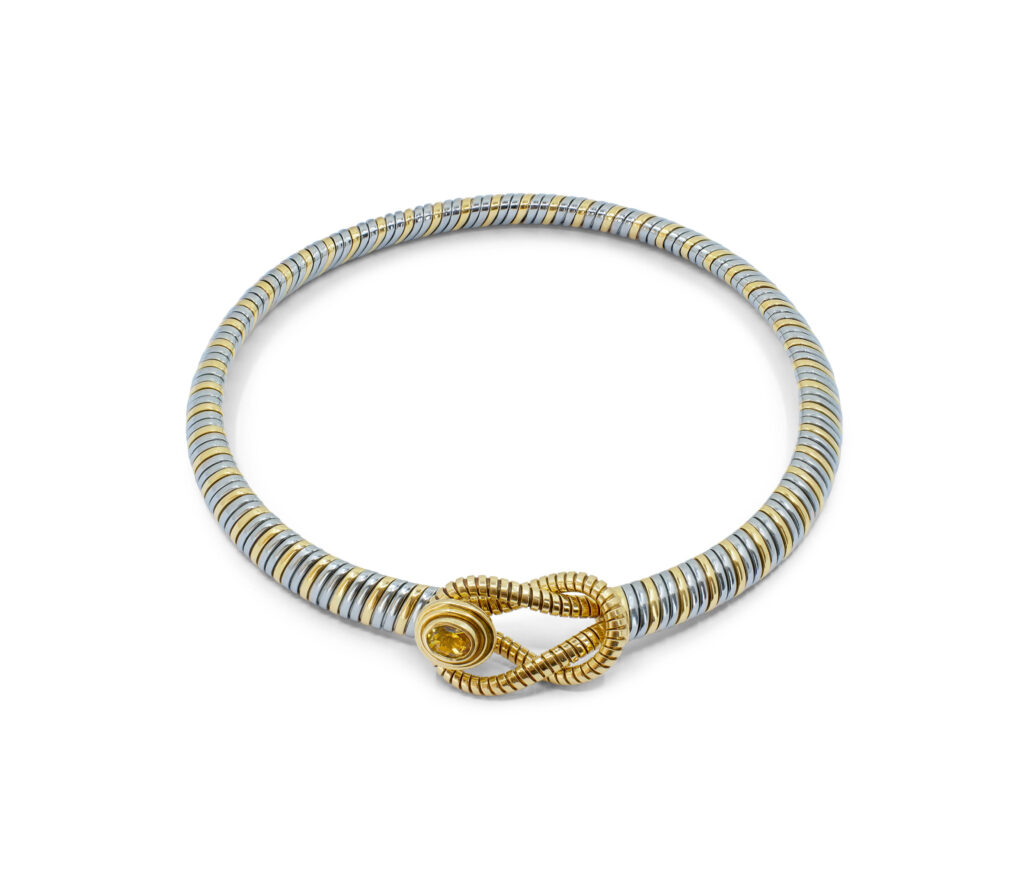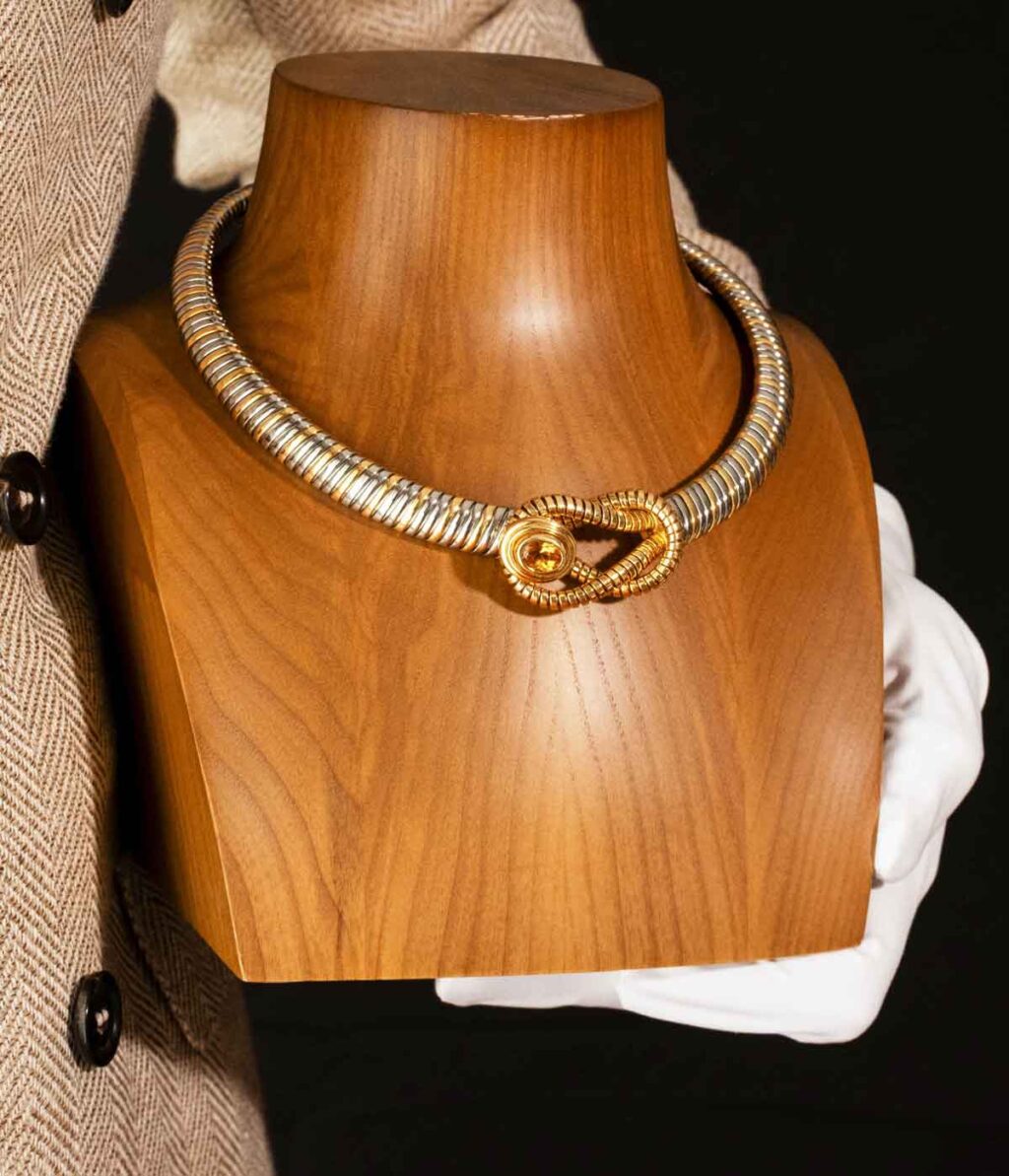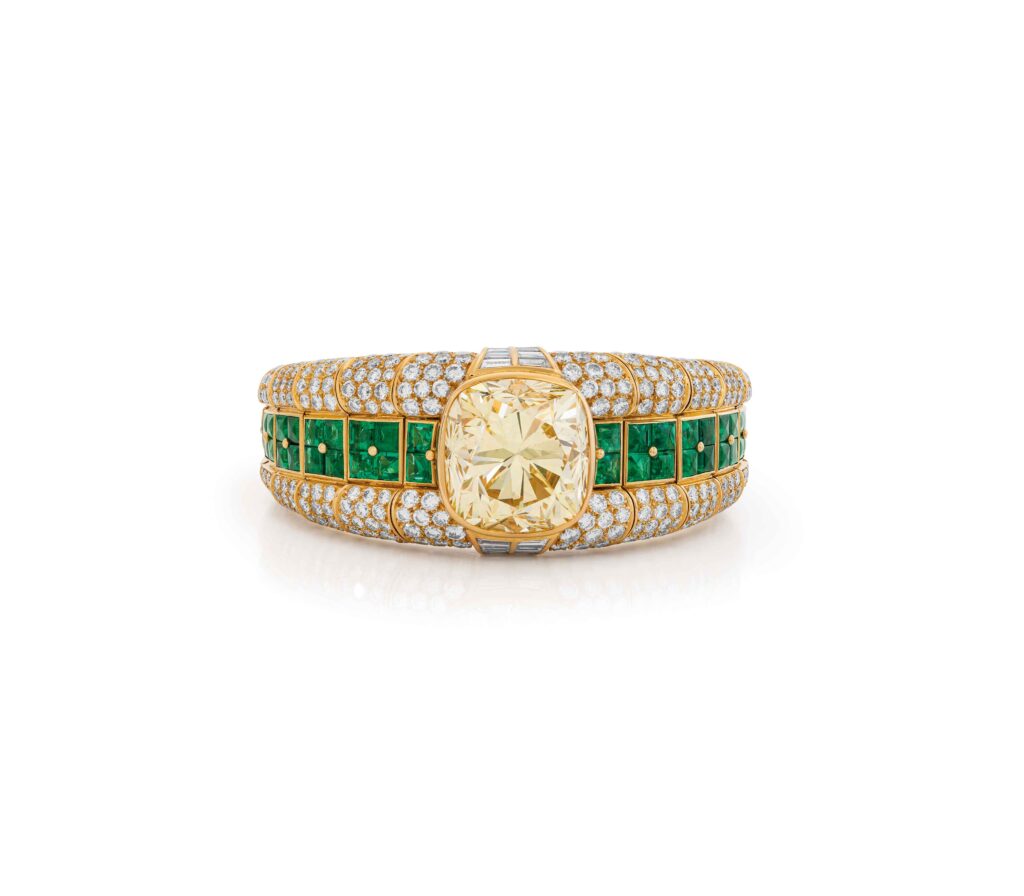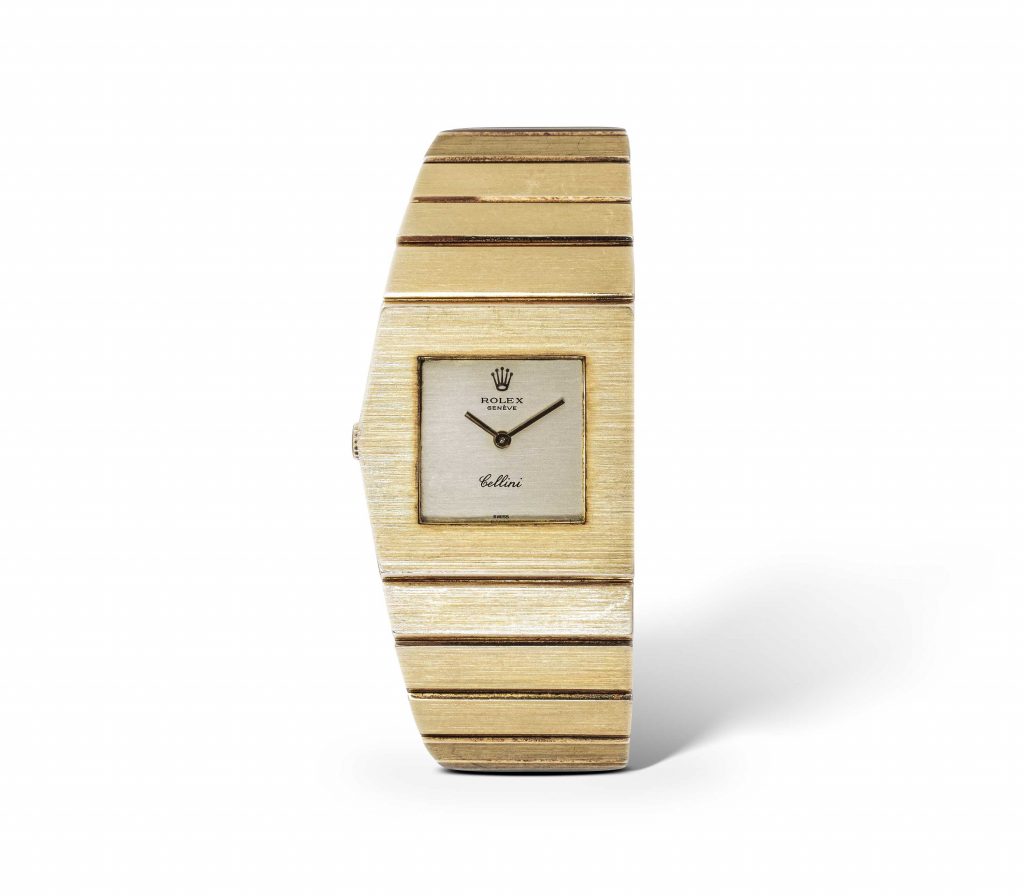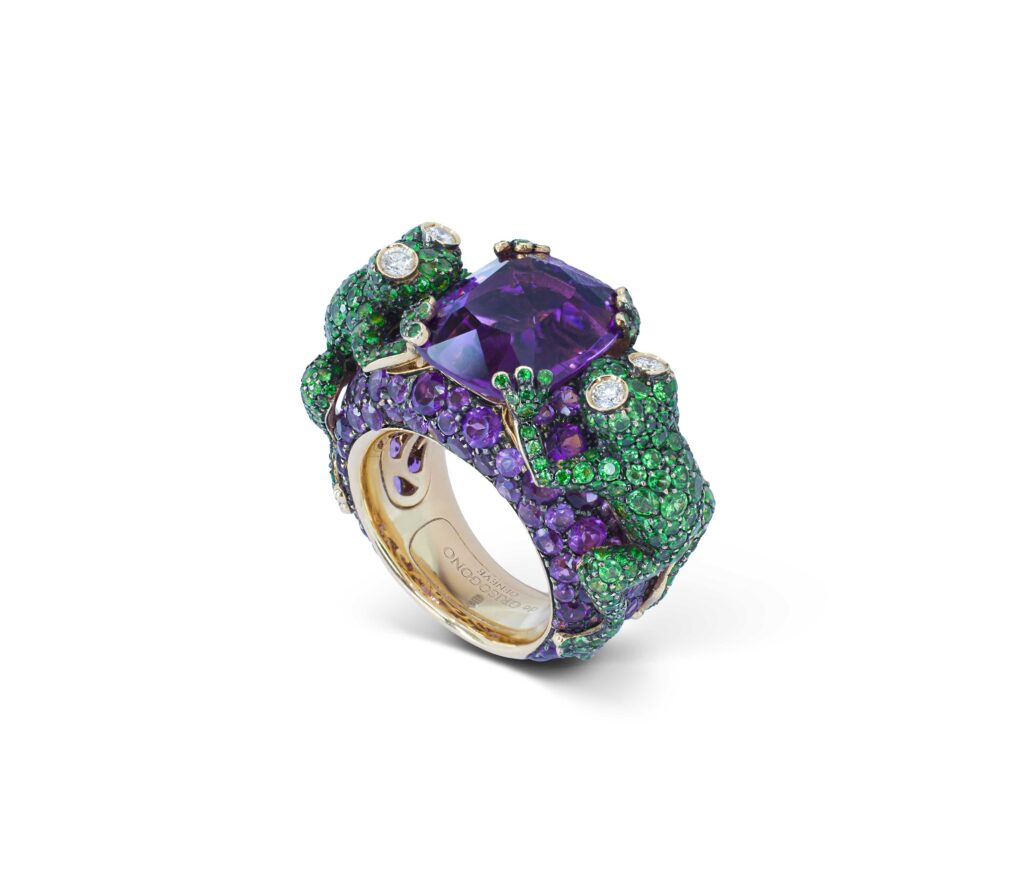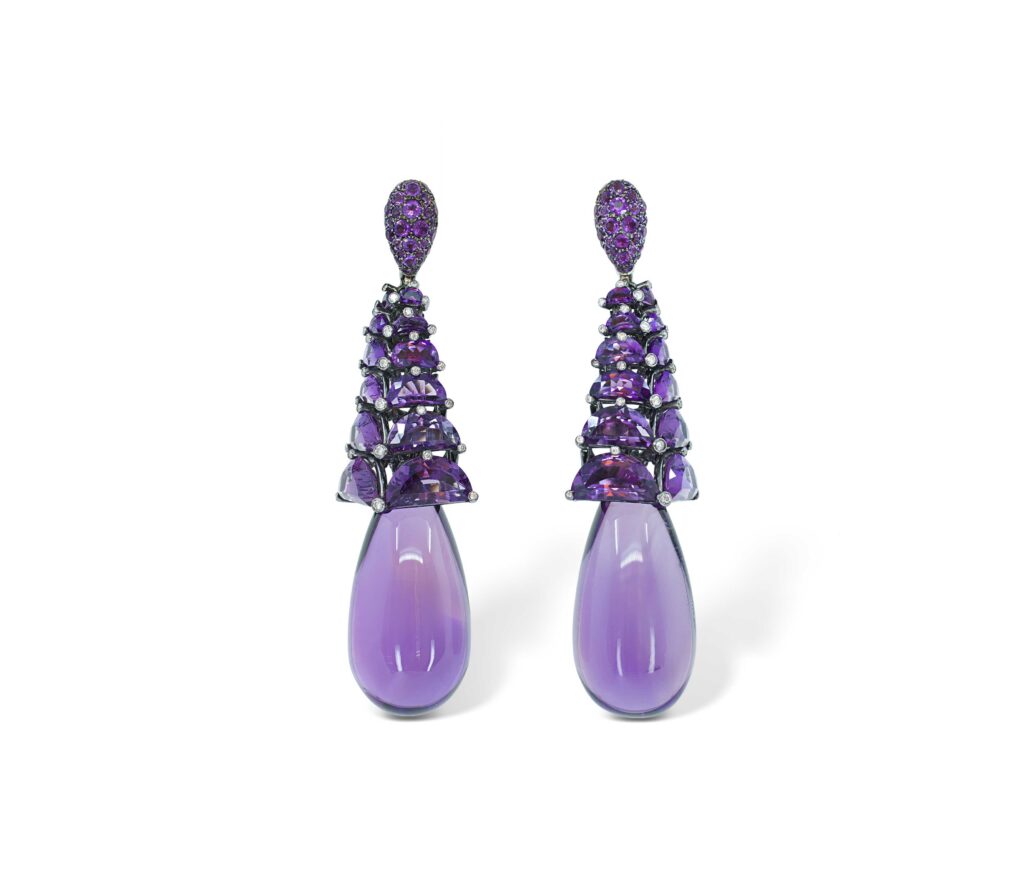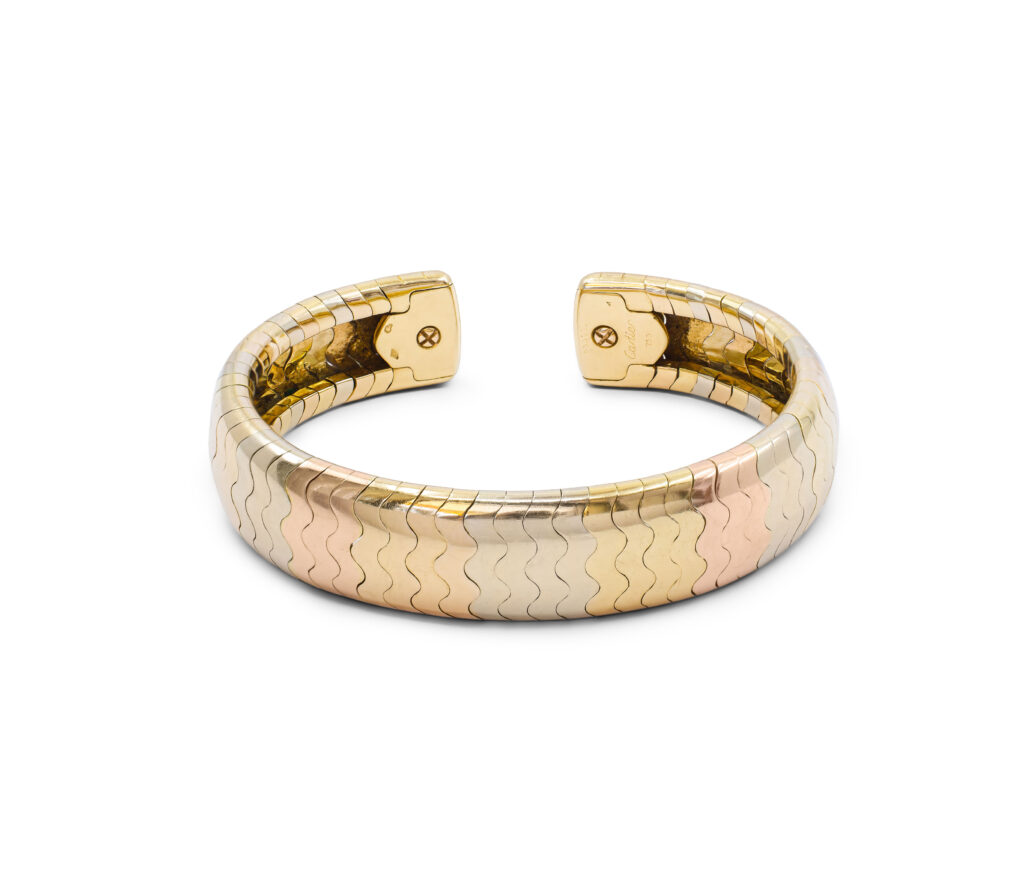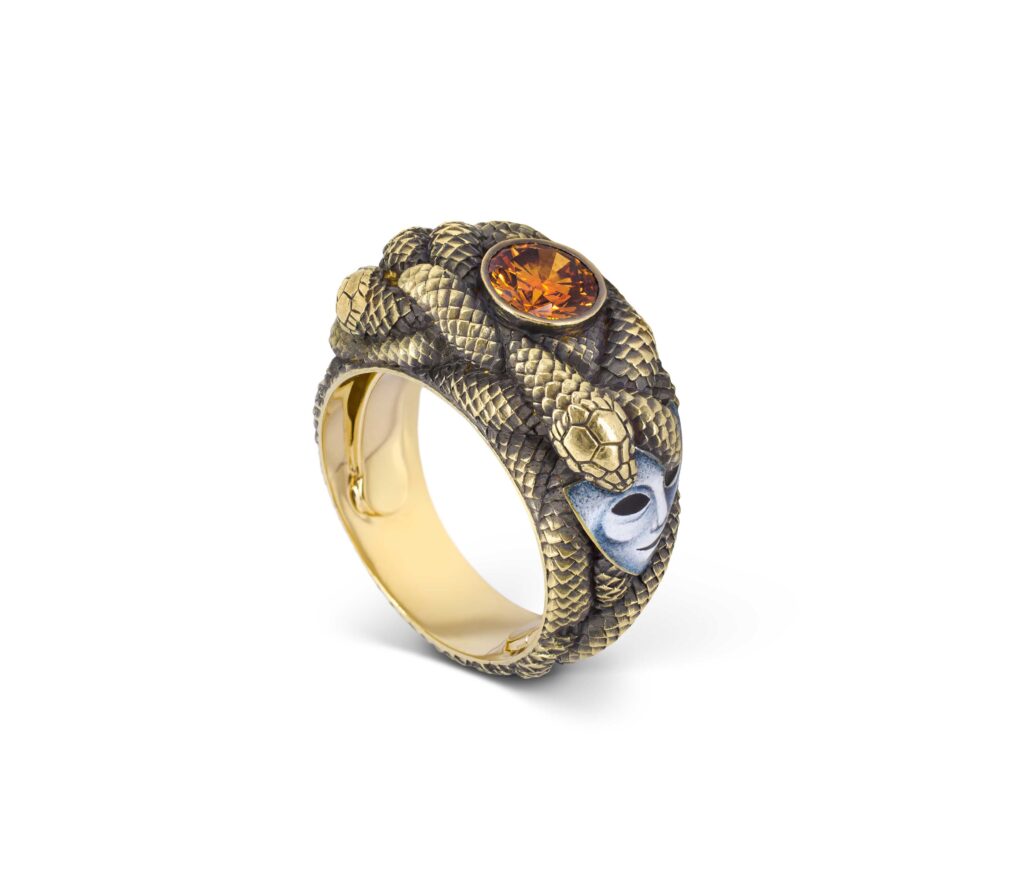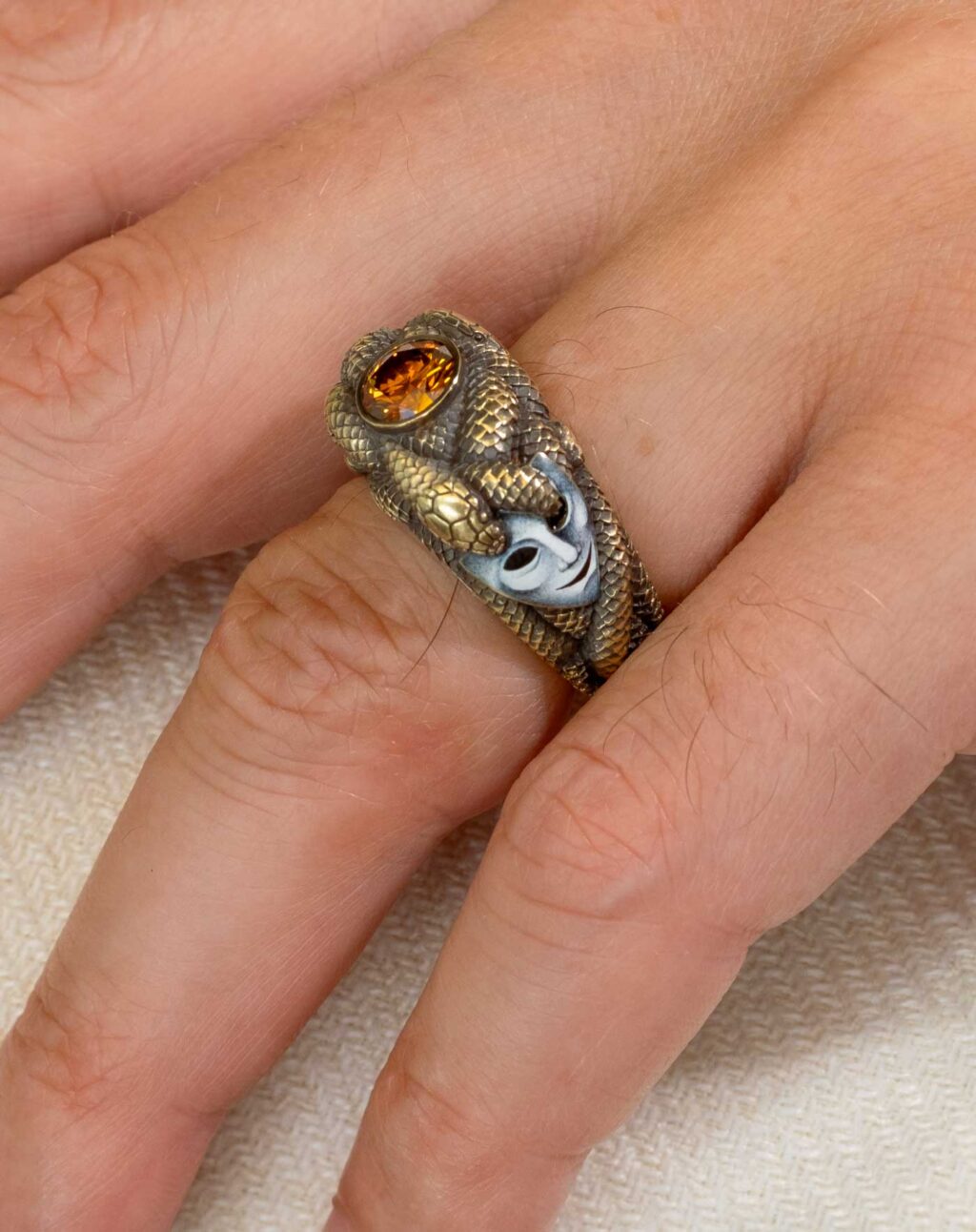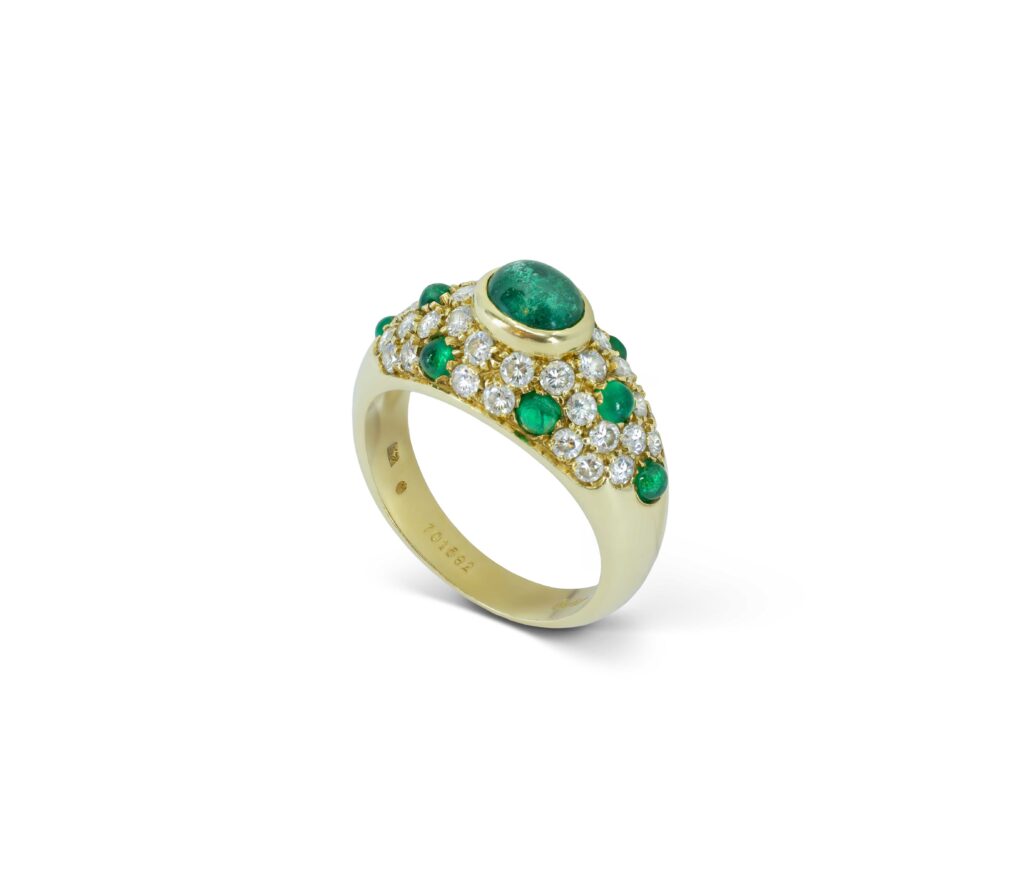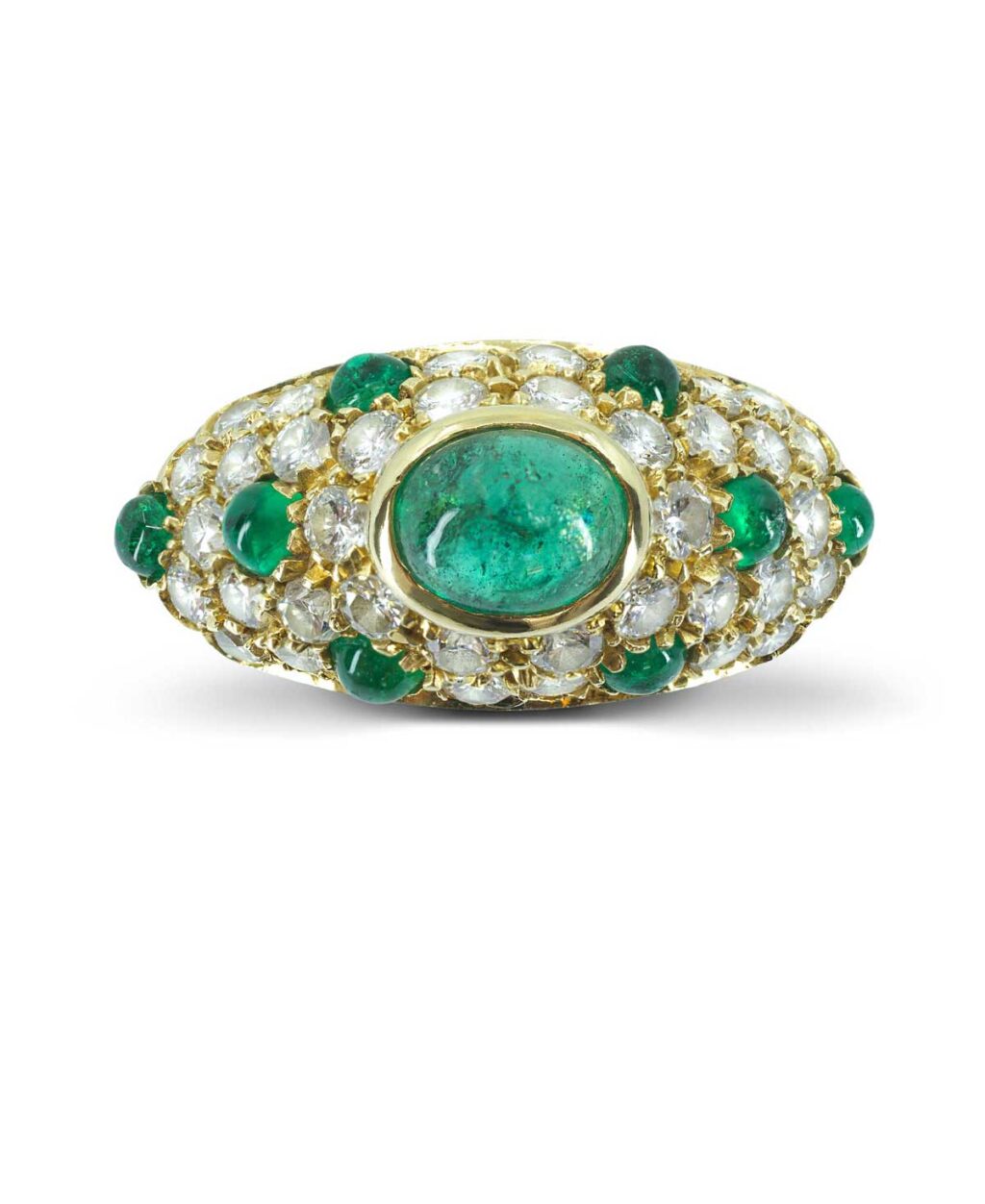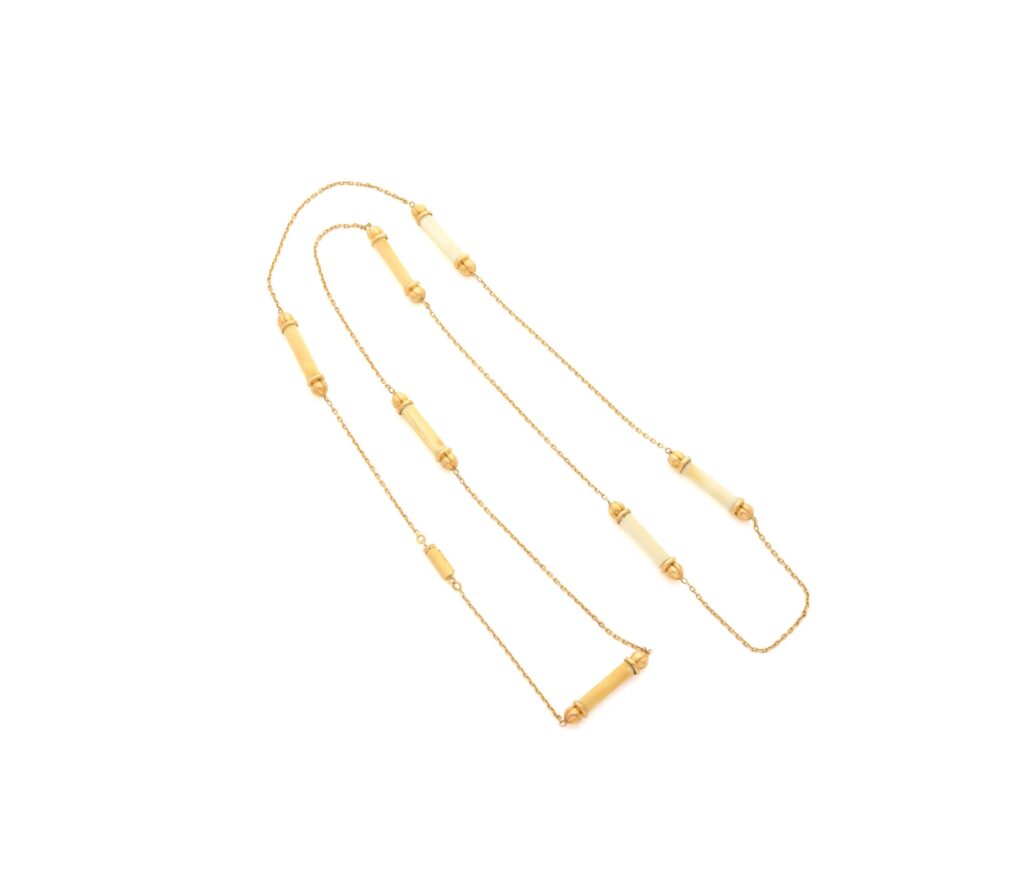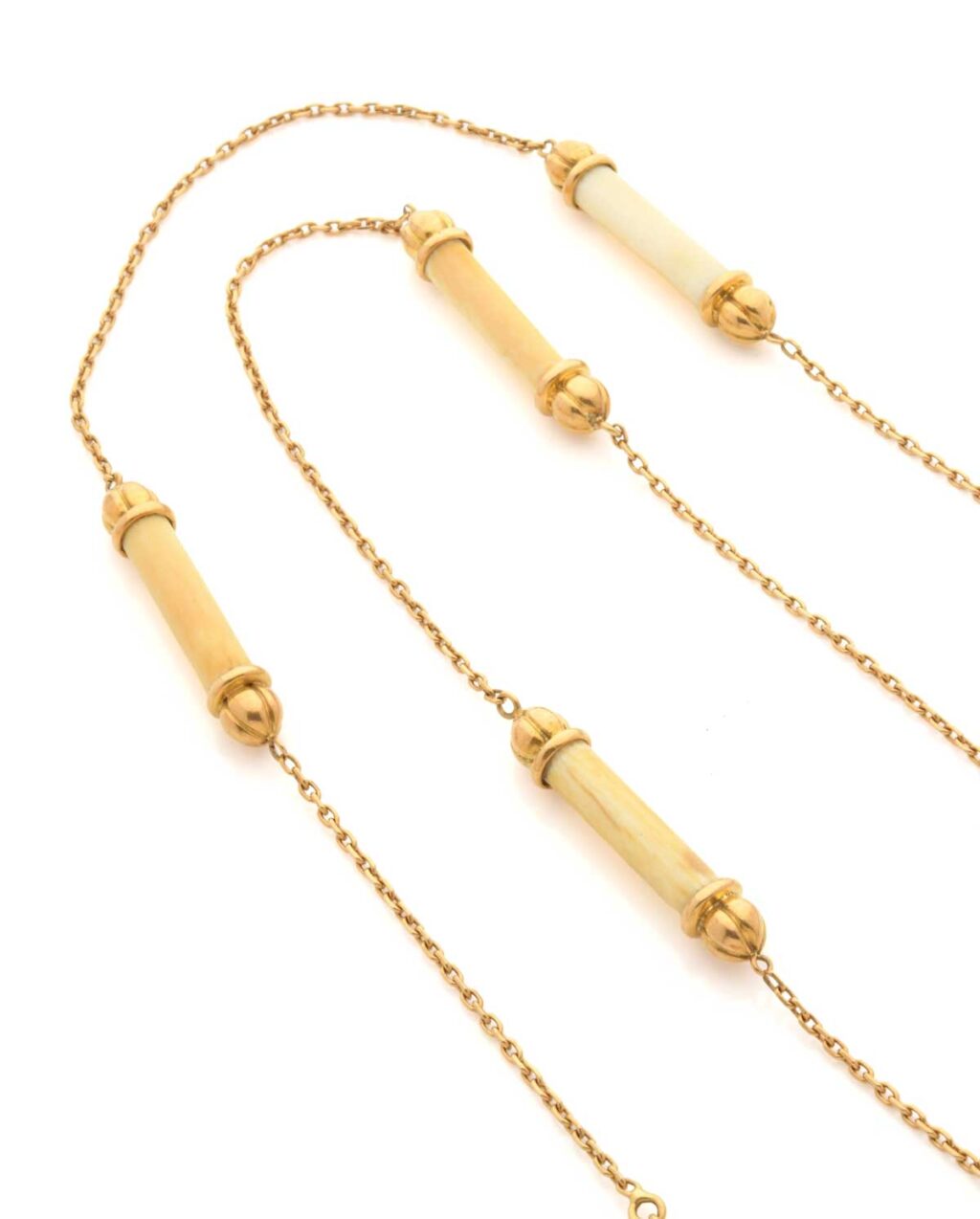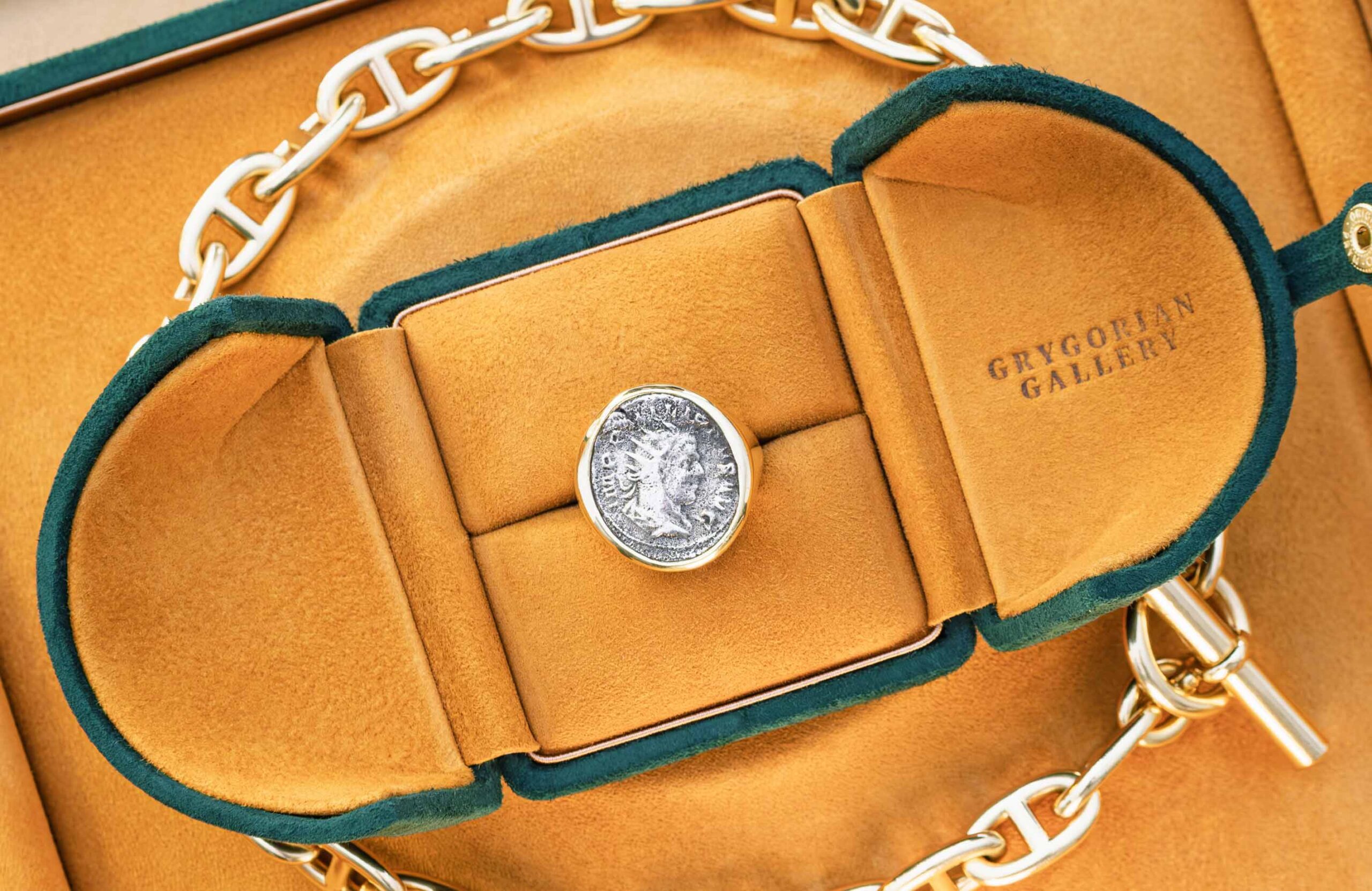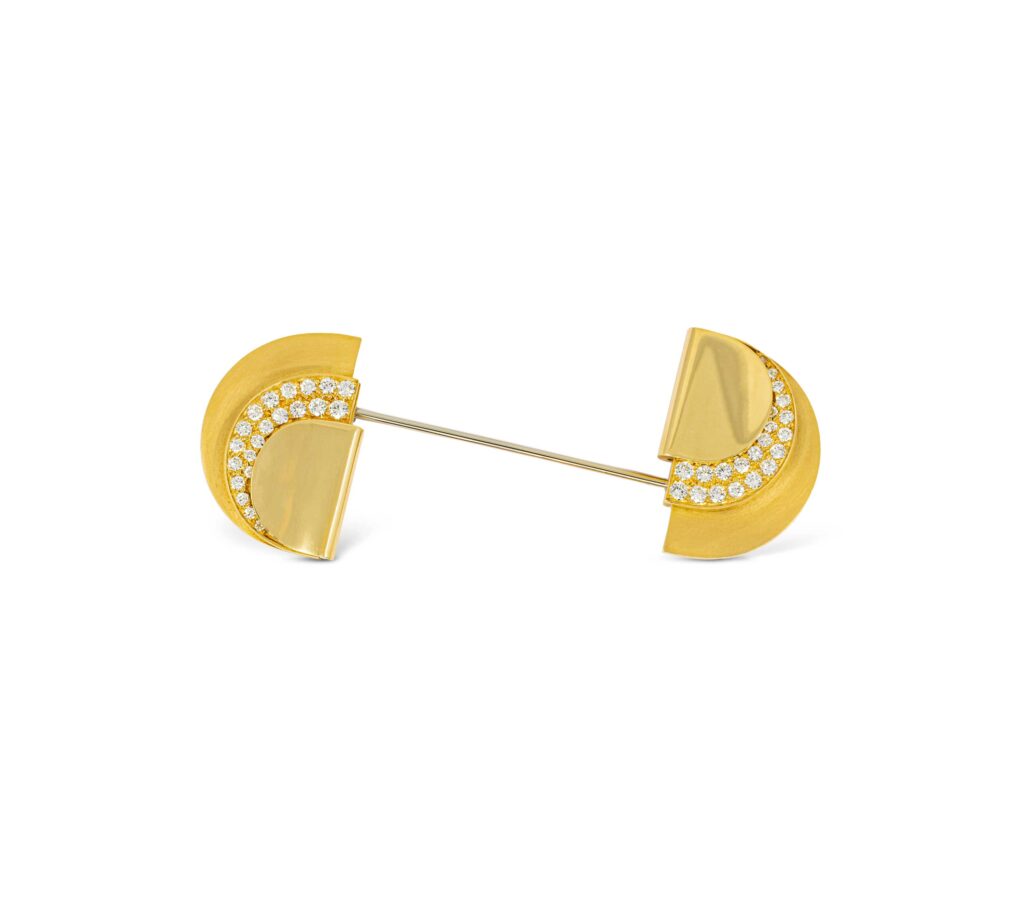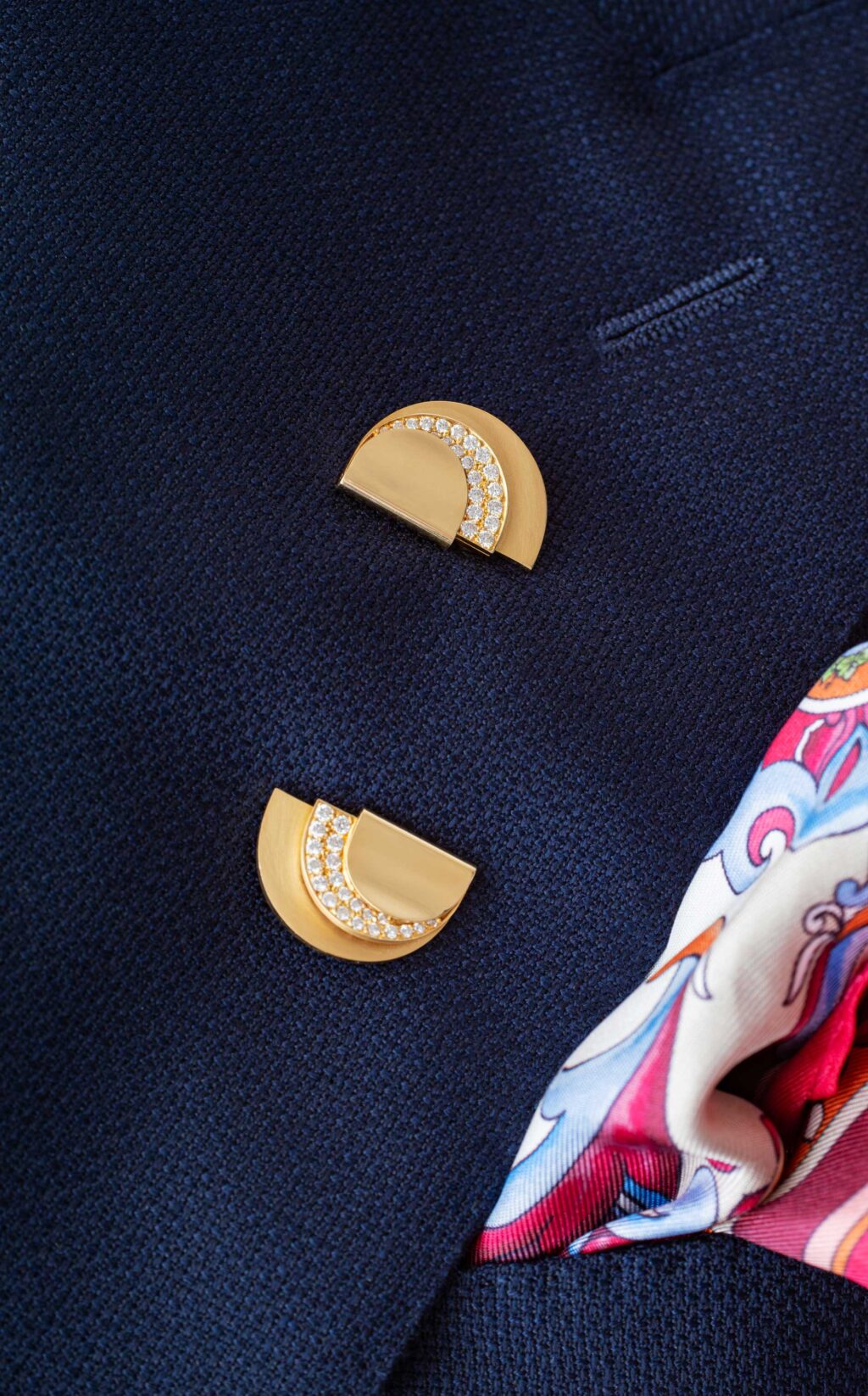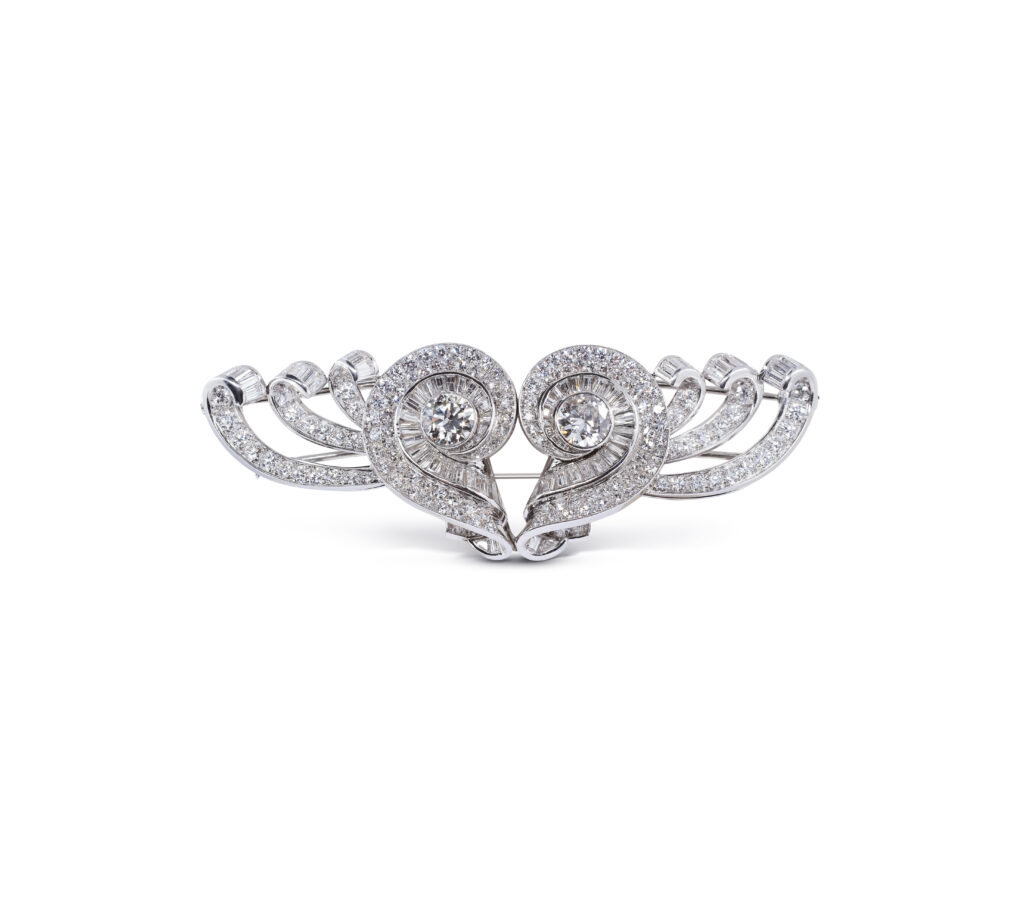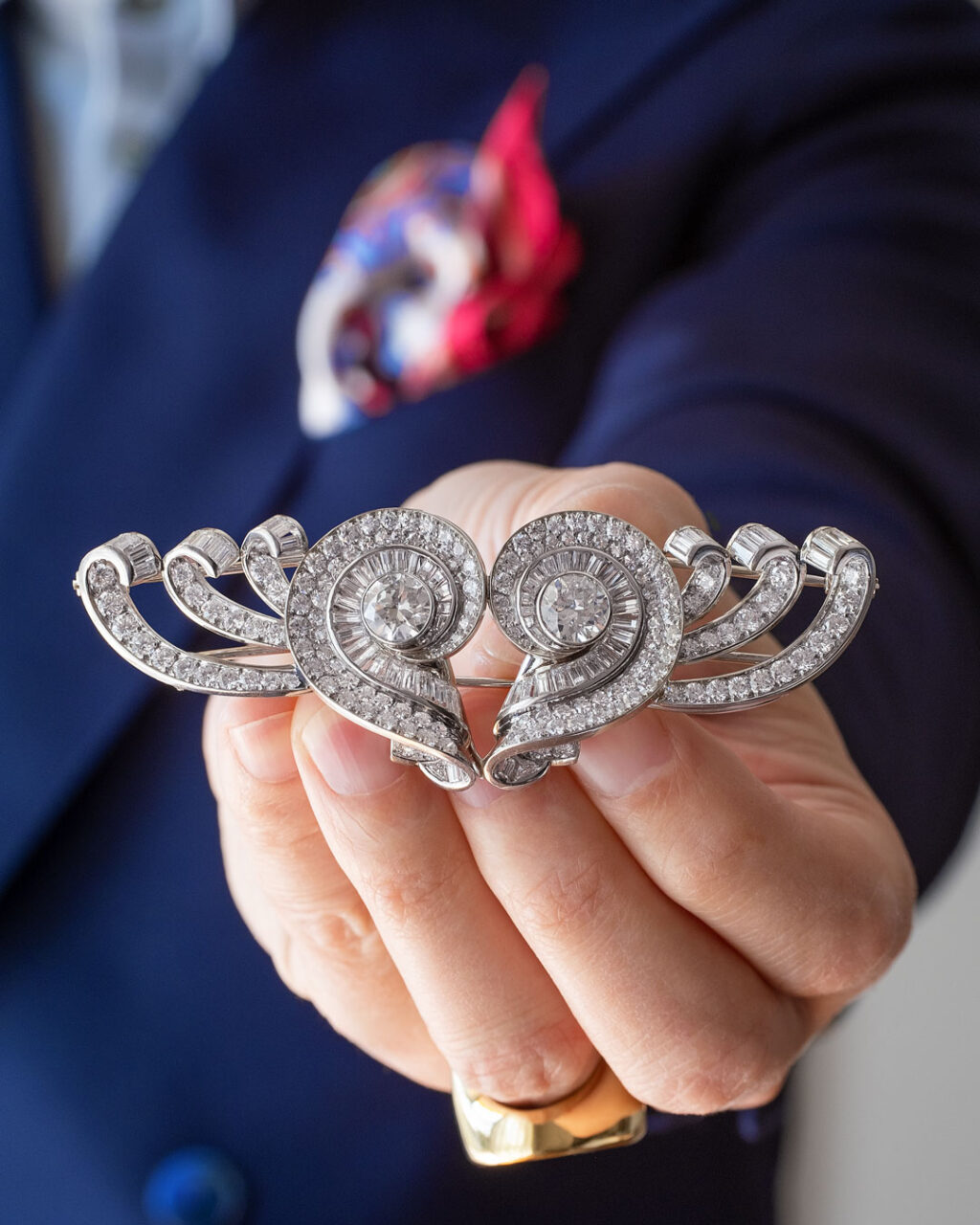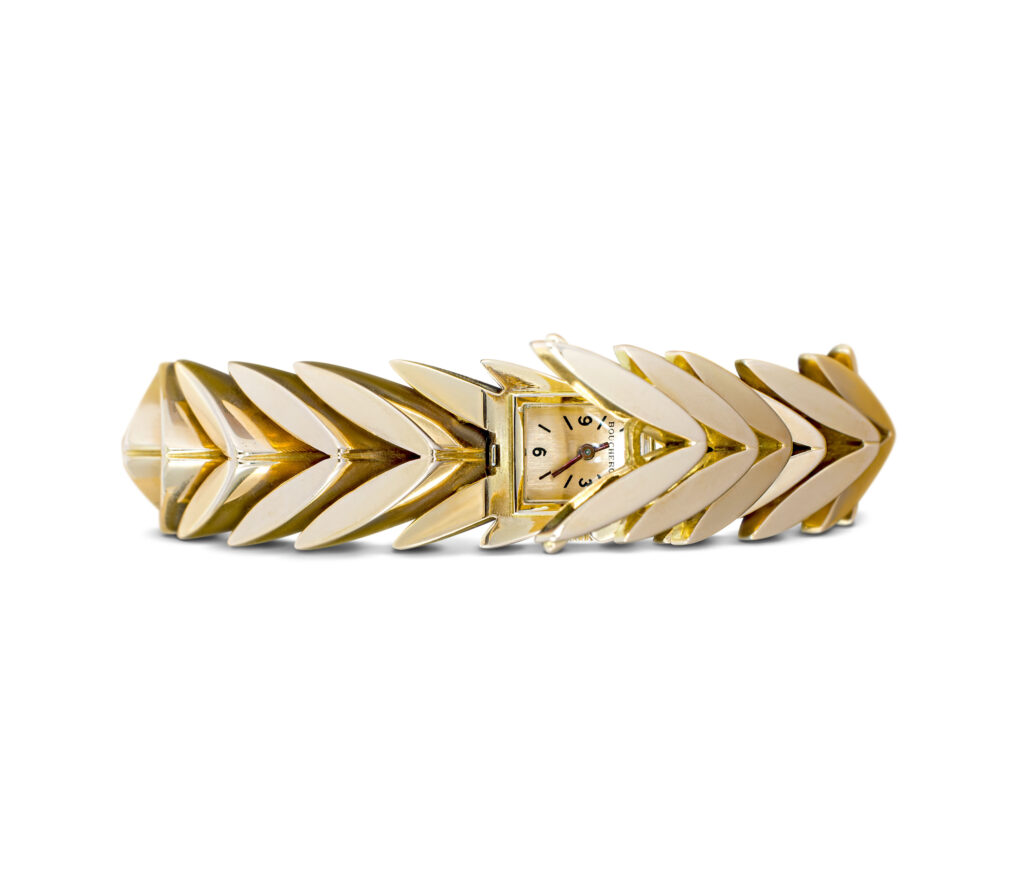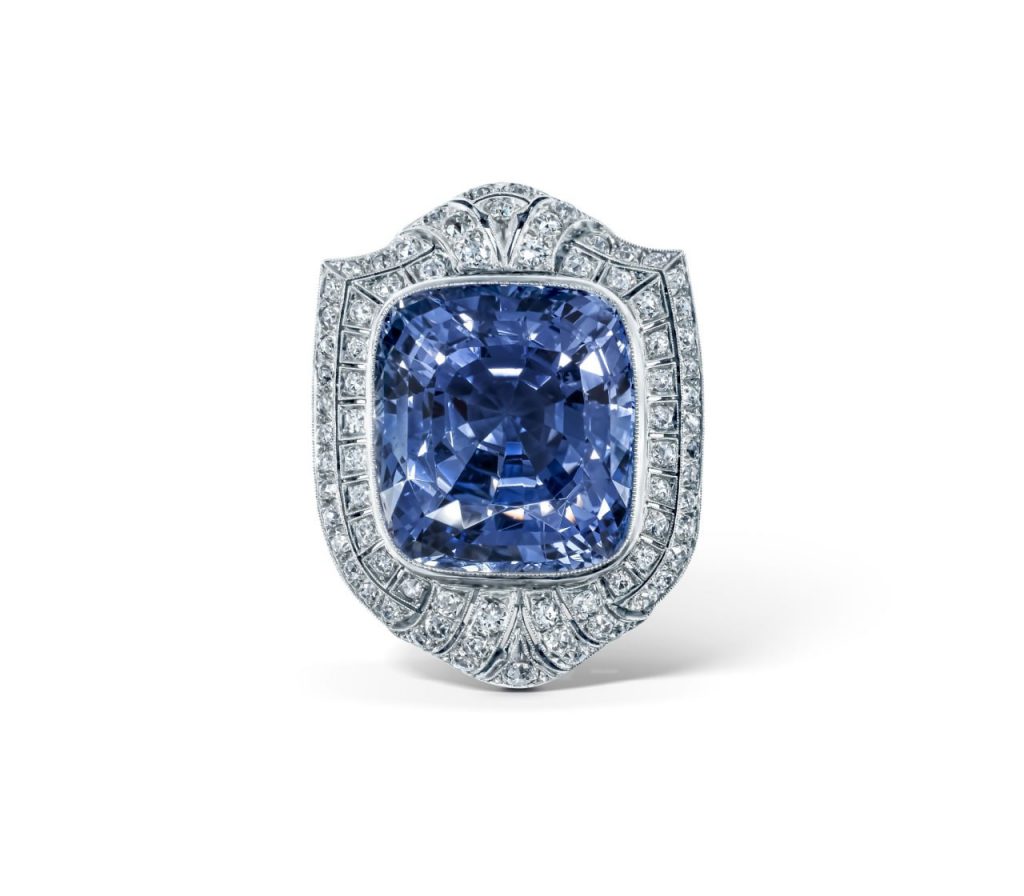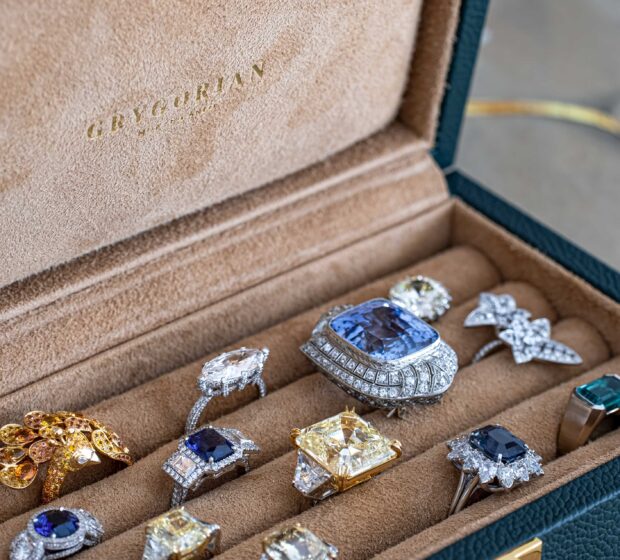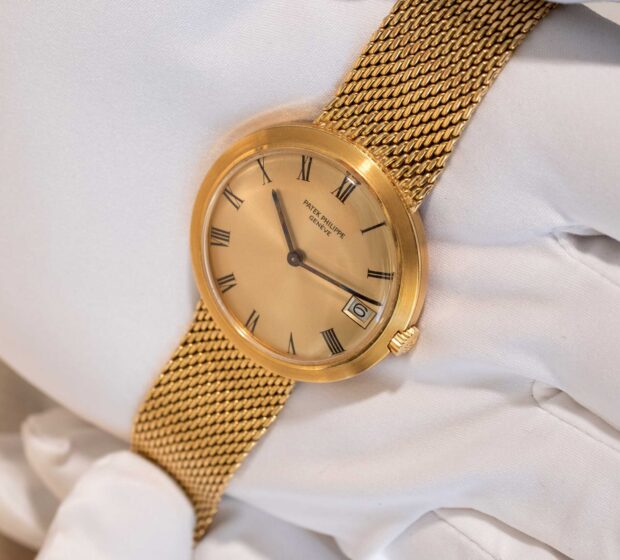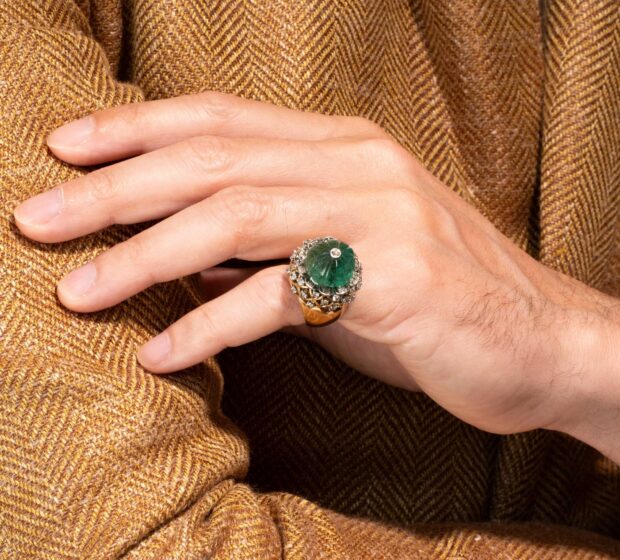There’s a certain magic in opening a box of inherited jewelry. Maybe it’s the glint of a gold ring that once graced your grandmother’s hand, or the soft click of a vintage watch that marked your father’s most important moments. These pieces are more than just beautiful objects, they’re living links to your family’s past, each one carrying stories, secrets, and memories that span generations.
At Grygorian Gallery, we understand that inherited jewelry is never just about its price tag. It’s about the emotions, the history, and the artistry woven into every detail. Whether you’ve just received a sparkling diamond necklace, a delicate Art Deco bracelet, or a timeworn pocket watch, you might be wondering: What is this really worth? Not just in dollars and cents, but in meaning, heritage, and craftsmanship.
This guide is here to help you uncover the true value of your inherited treasures, financially, historically, and emotionally. Let’s explore the stories behind your jewelry, the artistry that makes each piece unique, and the ways you can honor and preserve your family’s legacy for years to come.
What shapes the worth of heirlooms
Three layers usually meet inside a family piece:
- Sentimental value: the people and moments connected to it.
- Cultural and historical value: the maker, the era, the design language, the provenance.
- Material value: the metals, the gemstones, and the weight contained in them.
Some elements that tend to lift a piece:
- Signed work by revered houses or artists
- Unusual or rare gemstones, untreated when possible
- Excellent design and craftsmanship from a recognized period
- Original condition and components, including boxes and papers
- Documented history of ownership
Market value often reflects how these elements interact. A brooch with modest materials but strong design and a known maker can outpace a heavier piece without history. A ring with diamonds of ordinary color can be transformed by an intact Art Deco setting.
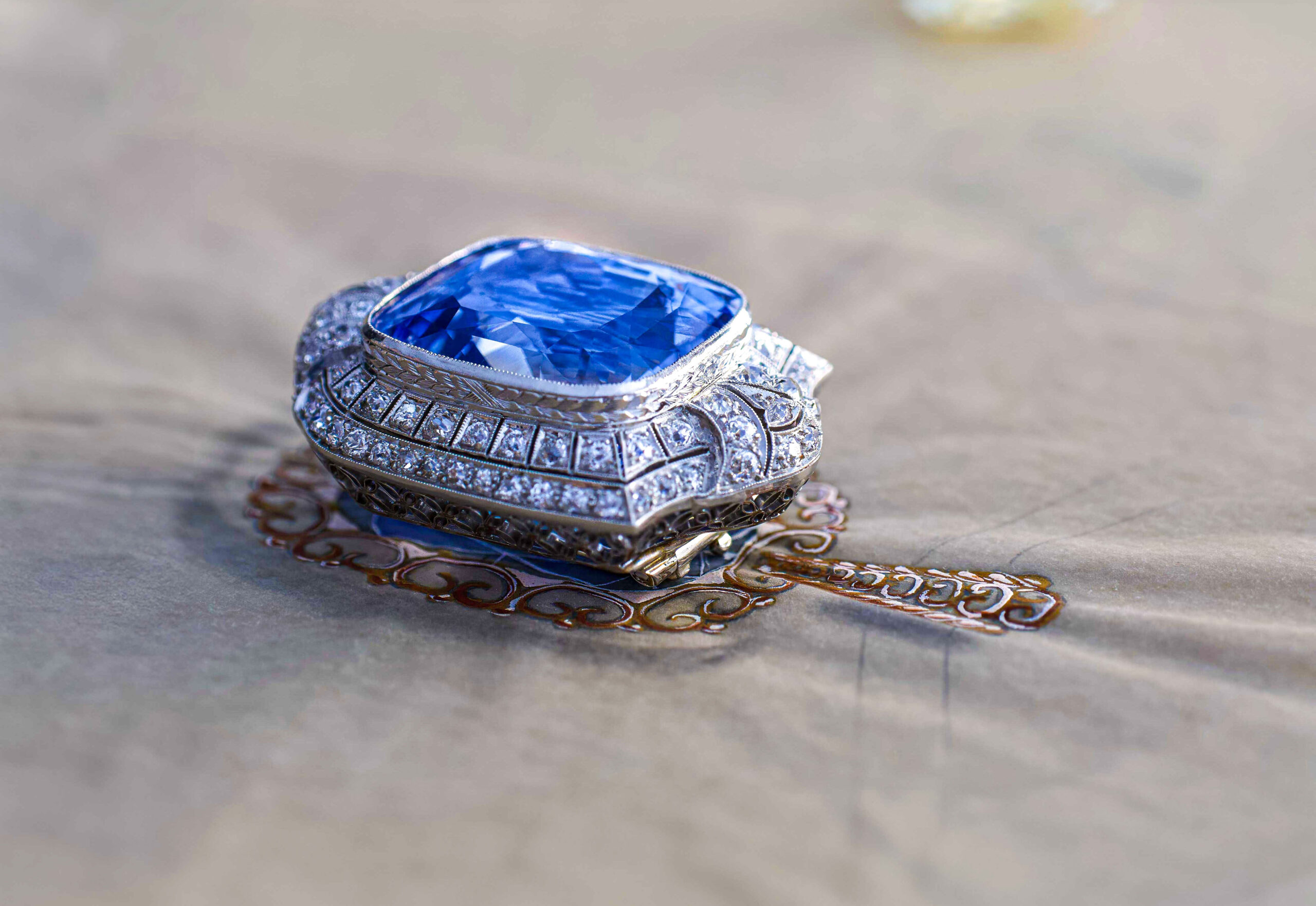
A collector’s portraits from the bench
At Grygorian Gallery, clients arrive with stories wrapped in tissue paper. One brings a sleek yellow gold watch, quiet until the light hits the dial and the signature lives up to its legend. Another presents a Victorian cluster ring where old mine cut diamonds glow with a soft candlelit charm. An elderly gentleman lays down a platinum bracelet only worn on New Year’s Eve. He has kept the receipt, folded and refolded, from a Paris storefront in 1928.
Each of these pieces carries its own arithmetic of worth. The numbers can surprise. The feelings never do.
Reading the quiet signs: hallmarks and maker’s marks
Jewelry often tells you where it comes from if you know where to look. Tiny stamps can identify metals, origins, even dates. A loupe makes the invisible obvious.
- Maker’s marks: initials, hidden symbols, cartouches that point to a workshop or house
- Assay marks: official stamps verifying metal purity
- Date letters: in some countries, a code that reveals the year
- Import/export marks: clues that a piece traveled
Where stamps live: inside shanks, on clasp tongues, near bail loops, along pin stems, on casebacks, inside watch case interiors, and on opposing sides of matching earrings or cufflinks.
A quick guide helps decode the language:
| Region | Typical hallmarks | What they indicate | Where to look |
|---|---|---|---|
| United Kingdom | Lion passant for sterling silver, crown for gold (older), leopard’s head for London, date letters | Metal fineness, assay office, approximate year | Inside rings, lockets, bracelet tongues |
| France | Eagle head for 18k gold, owl for imported gold, Minerva head for higher silver, crab for lower silver | Purity and import status | Near clasps, on shanks, watch cases |
| United States | Karat markings like 14K or 18K, sometimes maker initials, less formalized date marks | Metal fineness, maker when identifiable | Inside bands, casebacks, clasps |
| Italy | Star mark followed by number and province code, 750 for 18k, 585 for 14k | Region and maker registry, purity | Clasp tags, pendant bails, inside rings |
| Russia/Imperial | Kokoshnik mark with assay master, zolotnik numbers like 56 | Pre-revolution purity system and region | Inside small recesses, hinges, pin stems |
Curiously, platinum sometimes hides behind early 20th century marks like PT, PLAT, or 950. White gold rose in the 1910s as a popular platinum substitute, and its tone can be warmer in older alloys.
Stones that tell their own story
Gemstones carry eras inside their cuts and treatments. Old mine cut and old European cut diamonds, with their taller crowns and cozy culets, return light in a softer, romantic way that modern brilliants do not. This is not a flaw. It is a fingerprint.
Some useful notes:
- Diamonds from the 19th and early 20th centuries often show flowery facets. Recutting them to modern standards may boost brightness but can erase historical charm and reduce weight.
- Burmese rubies can appear to glow in daylight. That vivid red owes much to trace elements and fluorescence.
- Sapphires owe their color to iron and titanium. A slightly silky look can signal Kashmir or Sri Lankan origins, though proper lab reports matter.
- Emeralds commonly receive oil or resin treatments to improve clarity. Older stones often show tree-like inclusions called jardins. These are part of their identity.
- Natural pearls were rare even in their heyday. Many heirlooms hold cultured pearls after the 1920s. A gem lab can distinguish natural from cultured; the difference affects value considerably.
- Early synthetic sapphires using the Verneuil process date back to the early 1900s. They often appear in antique rings and brooches. They are historic in their own right, though priced differently than natural stones.
Treatments influence value, and some are stable while others can fade or react to heat. Heat-treated rubies and sapphires are common and accepted. Diffusion treatments or heavy filling often lower value. When in doubt, lab testing brings clarity.
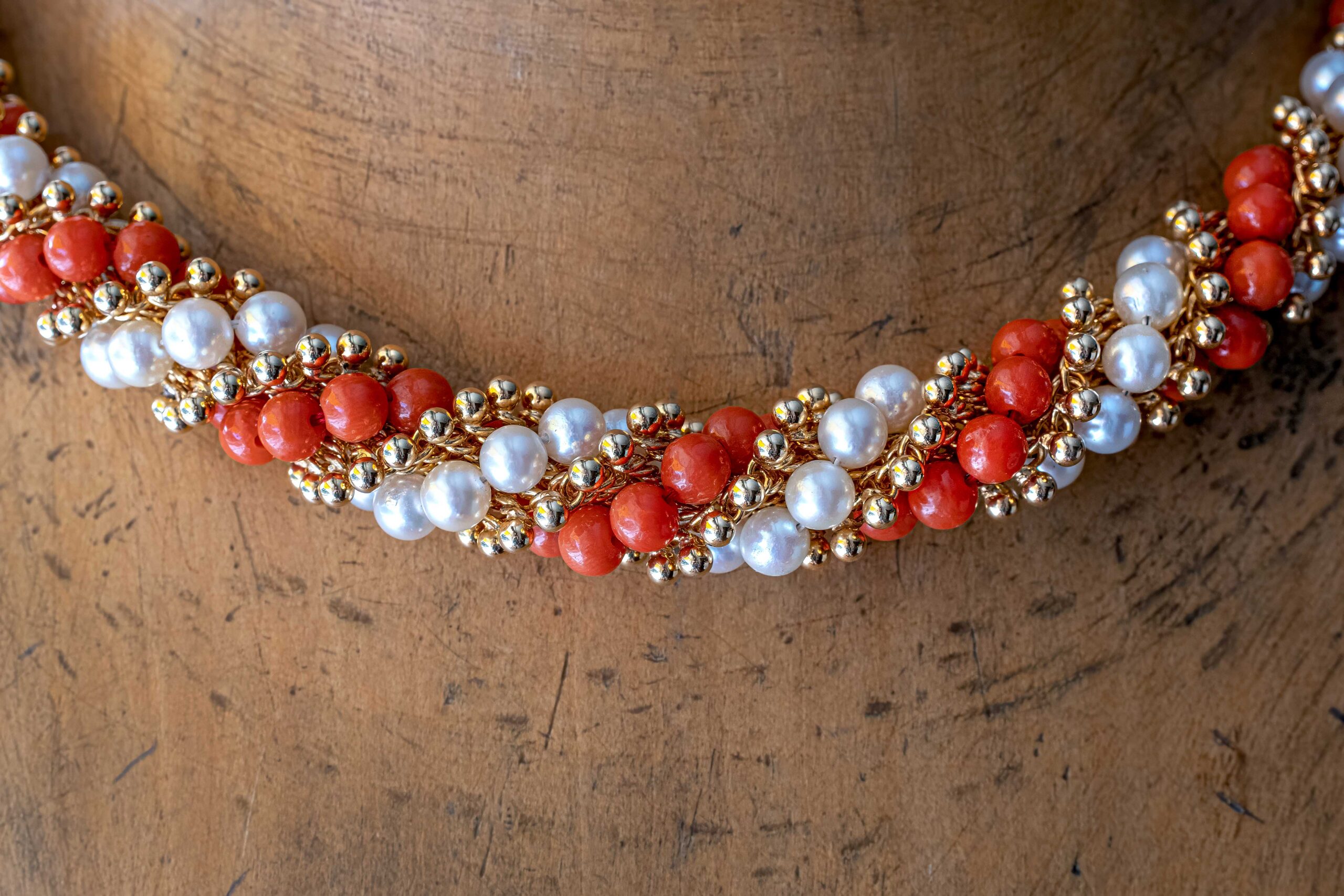
Vintage watches inherit time too
An inherited watch can be a microcosm of engineering and taste. Evaluating one involves both the exterior and the heart within.
- Movement: mechanical manual, automatic, or quartz. Much of the value in vintage lies in mechanical movements, especially in-house calibers.
- Dial: originality matters. A refinished dial may look clean but can reduce collector interest. Honest patina often wins.
- Case: sharp edges, even brushing, and hallmarks suggest minimal polishing. Over-polishing rounds out lugs and erases metal.
- Serial and reference numbers: often between lugs or inside caseback. These help date the watch and verify parts.
- Service history: original boxes, papers, and receipts help. A period-correct strap or bracelet adds charm.
Some watches carry hidden complications, like moonphase or triple calendar displays. Others whisper with a simple three-hand layout, but the maker’s signature can do the talking. Collectors value originality, scarcity, condition, and story.
When restoration helps and when it harms
A skilled restoration can extend a jewel’s life. A heavy hand can erode its soul.
Repairs that tend to be friendlier to value:
- Re-tipping or rebuilding worn prongs in a sympathetic alloy
- Stabilizing an enamel chip without aggressive overpainting
- Restringing pearls on silk with knots
- Ultrasonic cleaning only when safe for the stones and setting type
Interventions to approach with caution:
- Aggressive polishing that thins metal and softens detail
- Replacing antique-cut stones with modern cuts
- Replating or removing patina that suits the era
- Recasting original mountings
- Repainting vintage watch dials when a gentle clean would do
If restoration is needed, ask for reversible approaches where possible, and request that original parts be returned to you. They are part of the record.
How professionals evaluate value
The word appraisal can mean different things depending on the purpose. Choosing the right approach ensures the right number.
| Appraisal type | Purpose | Typical figure | Often used for | Documentation |
|---|---|---|---|---|
| Insurance replacement | To insure against loss or theft | Retail replacement in current market | New or vintage items kept and worn | Detailed description, photos, gem reports if available |
| Fair market value | A price between willing buyer and seller with time to transact | Often lower than replacement | Estate planning, charitable donations | Itemized report with market comparables |
| Liquidation value | Quick sale under time pressure | Lowest of the three | Urgent estate settlements | Condensed report noting condition and quick-sale channels |
| Retail appraisal for sale | Pricing guidance for gallery or private sale | Based on current retail comps | Consignments, gallery pricing | Market analysis, maker research, condition notes |
A careful appraisal is descriptive, not just a number. It should specify metal purity, stone counts and weights, cut types, measurements, maker’s marks, and condition. For important stones, independent lab reports from respected gemological laboratories bring confidence.
The market’s shifting tides
Taste moves in cycles. Some chapters of design return to the spotlight with vigor.
- Georgian and early Victorian foiled-back gems in closed settings are rare survivors and require special care around liquids.
- Late Victorian and Edwardian pieces in platinum show lace-like craftsmanship that modern casting rarely matches.
- Art Deco geometry remains a collector favorite, especially with calibré-cut stones and strong symmetry.
- Mid-century modern brings clean lines and bold forms.
- The 1960s and 1970s revived textured gold and statement scale, now widely admired again.
Signed pieces from historic maisons often command premiums. That said, unsigned brilliance exists. The right design in the right condition can win hearts and bids.
Where to sell or keep:
- Auction: visibility and competitive bidding, with fees and timing to consider
- Private sale: discretion and negotiated pricing
- Gallery consignment: curated audience, expertise in presentation, shared commission
Each route fits a different story and timeline.
Your part of the provenance
You may already hold the key details. Gather them before they scatter.
- Original receipts, service records, and insurance schedules
- Boxes, outer boxes, tags, and pouches, especially with maker names
- Photographs showing the piece worn, with dates if possible
- Personal letters or notes describing occasions, gifts, or travel
- Previous appraisals, even if outdated
Write a short provenance note. Include names, dates, places, and how the piece moved through the family. A handwritten card tucked into the box can matter to your heirs and to future buyers.
Ethical materials and sensitive components
Some heirlooms include materials now regulated or discouraged. Elephant ivory, tortoiseshell, certain corals, and some species of shell or bone fall under international or local restrictions. Antique status may provide exceptions, but transporting or selling across borders can be complex. It is wise to seek advice before moving or altering these items.
For gemstones, questions about origin and sourcing standards may arise in modern settings. Vintage pieces often predate current supply chain certifications. Keeping items intact can sometimes be the most responsible choice.
A practical home checklist
Start with gentle inspection and care. You do not need a bench to make progress.
- Photograph each piece in natural light from multiple angles
- Note visible marks and take close-up photos with a smartphone and a loupe if available
- Weigh items if safe to do so; a kitchen scale can help with larger pieces
- Make a brief inventory with descriptions and family notes
- Clean with mild dish soap and a soft brush if appropriate
- Avoid soaking foiled-back gems, opals, emeralds, and anything with glued elements
- Keep watches away from water unless they are verified as water-resistant and recently serviced
- Store each piece in soft pouches, not touching others, to prevent scratches
- Keep pairs together with a small tie or pouch, and note any mismatches
- Record any movement irregularities on watches, and do not wind stuck crowns
Questions to ask a professional:
- What is the likely era based on construction and style?
- Do the stones appear original to the setting?
- Would restoration help or reduce value?
- Which appraisal type suits my needs?
- Is lab testing recommended for this stone?
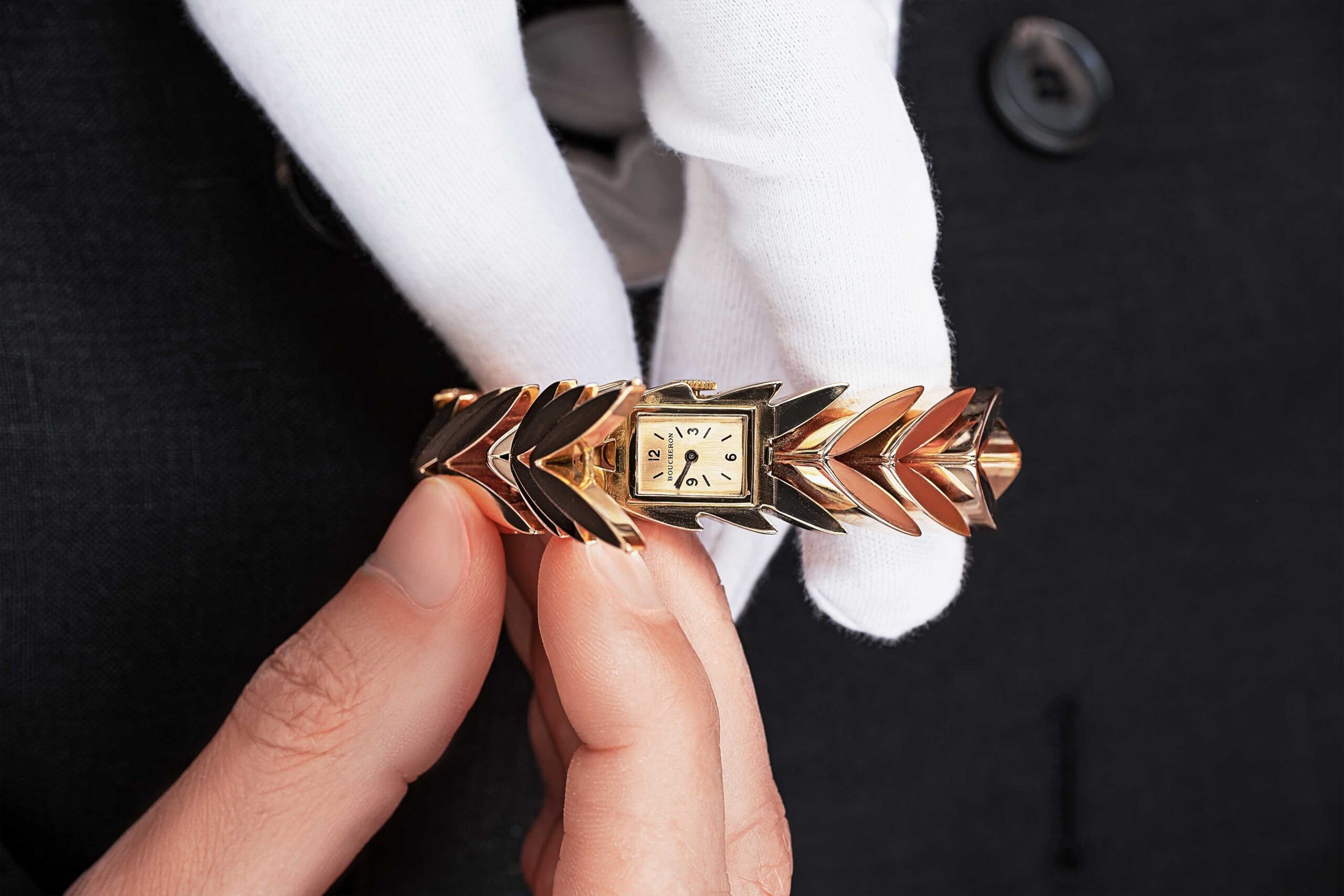
Redesign, keep, or part with it
Heirlooms can be worn as they are, adapted gently, or placed with new caretakers. Each route has grace.
Thoughtful updates:
- Convert a brooch to a pendant with a removable adapter, keeping the pin stem intact
- Add a thin guard or sizing beads to a ring, rather than cutting the shank, when possible
- Reset a damaged stone into a protective bezel while preserving the original mount for safekeeping
- Create a charm bracelet from single earrings and pendant orphans, documenting each origin
Reasons to sell:
- Duplicate items that will not be worn
- Pieces with repair needs beyond your comfort
- Items that fit better in a curated collection where their story will be honored
Reasons to keep:
- Design classics that never age out
- Family pieces tied to events you plan to repeat
- Objects with near-irreplaceable provenance
Choosing expertise that respects heritage
A specialist treats your piece both as an object and as a witness. That approach balances condition, beauty, history, and practical use.
Grygorian Gallery brings long practice in high jewelry, vintage watches, colored stones, and diamonds. Careful research, gemological testing when needed, and respect for original construction guide every recommendation. When presentation matters, a curated setting can make all the difference. When restraint matters, less is more.
For those who wish to study period styles or compare design languages across decades, Grygorian Gallery maintains a living archive through its vintage jewelry catalogue. It is a window into craftsmanship, rare signatures, and the way taste breathes through time.
Facts that add context and confidence
A few gems from the trade that often help families decide:
- Old cut diamonds were designed for candlelight and gaslight. Their glow can feel softer in modern rooms, which many collectors seek out for precisely that reason.
- Platinum’s strength allowed the airy lacework of Edwardian and Deco settings. White gold’s rise brought a subtly warmer hue and different workability.
- Natural saltwater pearls were once so coveted that monarchs insured them like fortunes. Today, natural pearl necklaces with solid documentation can command serious attention.
- Signed pieces are not only about the glamour of a name. They confirm a design lineage and often provide access to archives that help date and authenticate.
- Original boxes with embossed logos can increase desirability. Condition aside, they anchor the piece to its origin.
How to prepare for an appraisal or consultation
A little organization makes a session efficient and rewarding.
- Bring all pieces, even those you believe are costume. Surprises happen.
- Provide any documents, photos, or stories you have gathered.
- Wear the piece if it is safe, so fit and movement can be observed.
- Ask for both a verbal range and a written report if needed for insurance or estate use.
- Discuss goals openly: wearing, gifting, selling, or redesigning.
If multiple heirs are involved, consider meeting with a single advisor together. Clear communication now avoids confusion later. Recording the session or taking notes can help keep details straight.
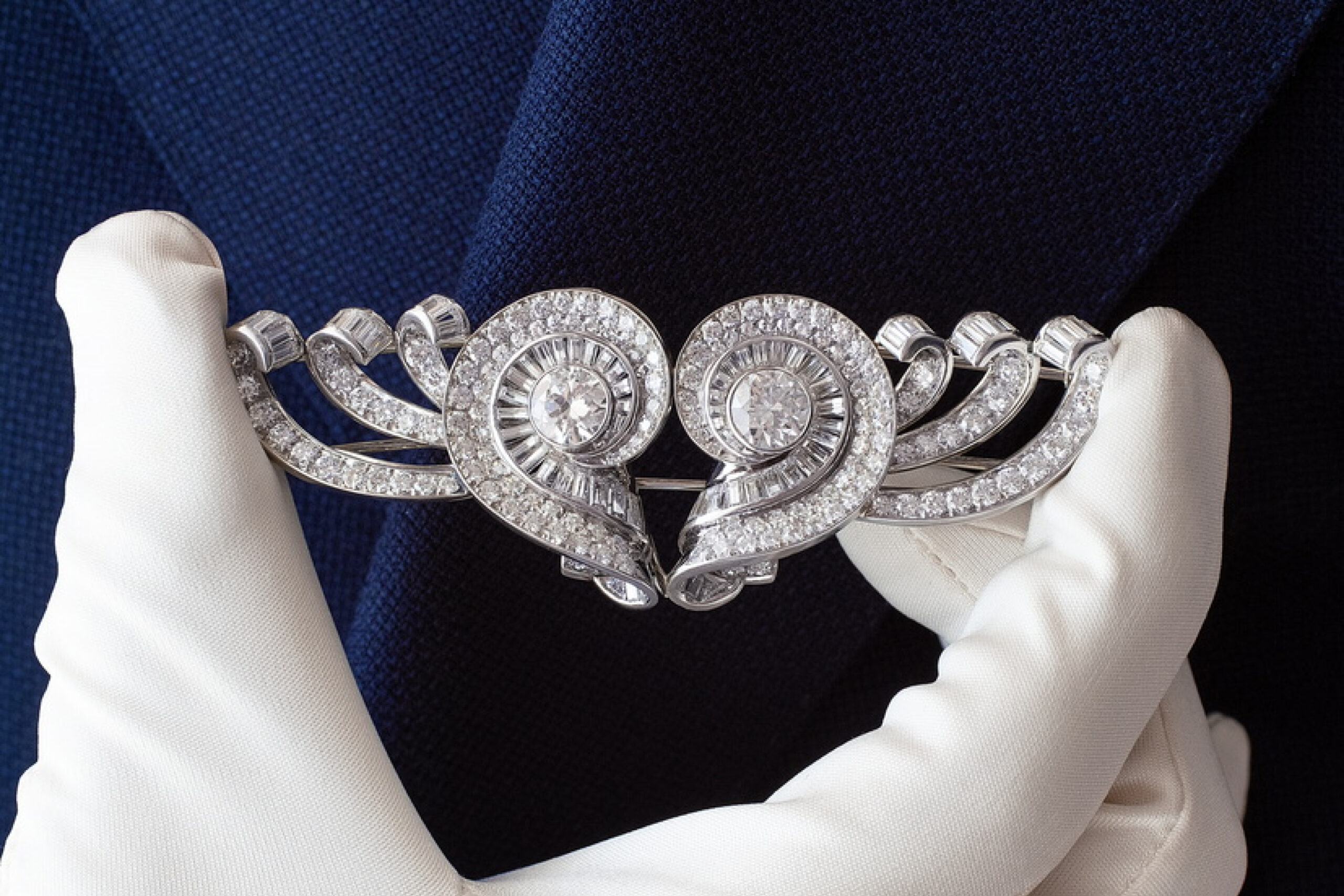
Caring for heirlooms going forward
The best time to protect a future heirloom is today.
- Keep diamonds, sapphires, and rubies apart from softer stones in storage
- Remove rings for sports, gardening, and heavy lifting
- Service mechanical watches on a sensible schedule to prevent wear
- Insure items that leave the house regularly
- Photograph items annually and update records
Document changes. If a prong is re-tipped or a strap replaced, note the date and work performed. A well kept maintenance record makes pieces easier to enjoy and easier to pass on.
The story continues
Heirloom jewelry is proof that beauty can be useful, that artistry can be worn, and that a family’s past can clasp a wrist or rest at a throat. A clear view of its worth gives freedom. Freedom to wear it without worry, to archive it with care, to reshape it gently, or to place it in the hands of someone who will wear the story next.
Grygorian Gallery stands ready to read the clues, test the stones, weigh the choices, and honor the years already held in metal and light. The next chapter can be written with confidence.

